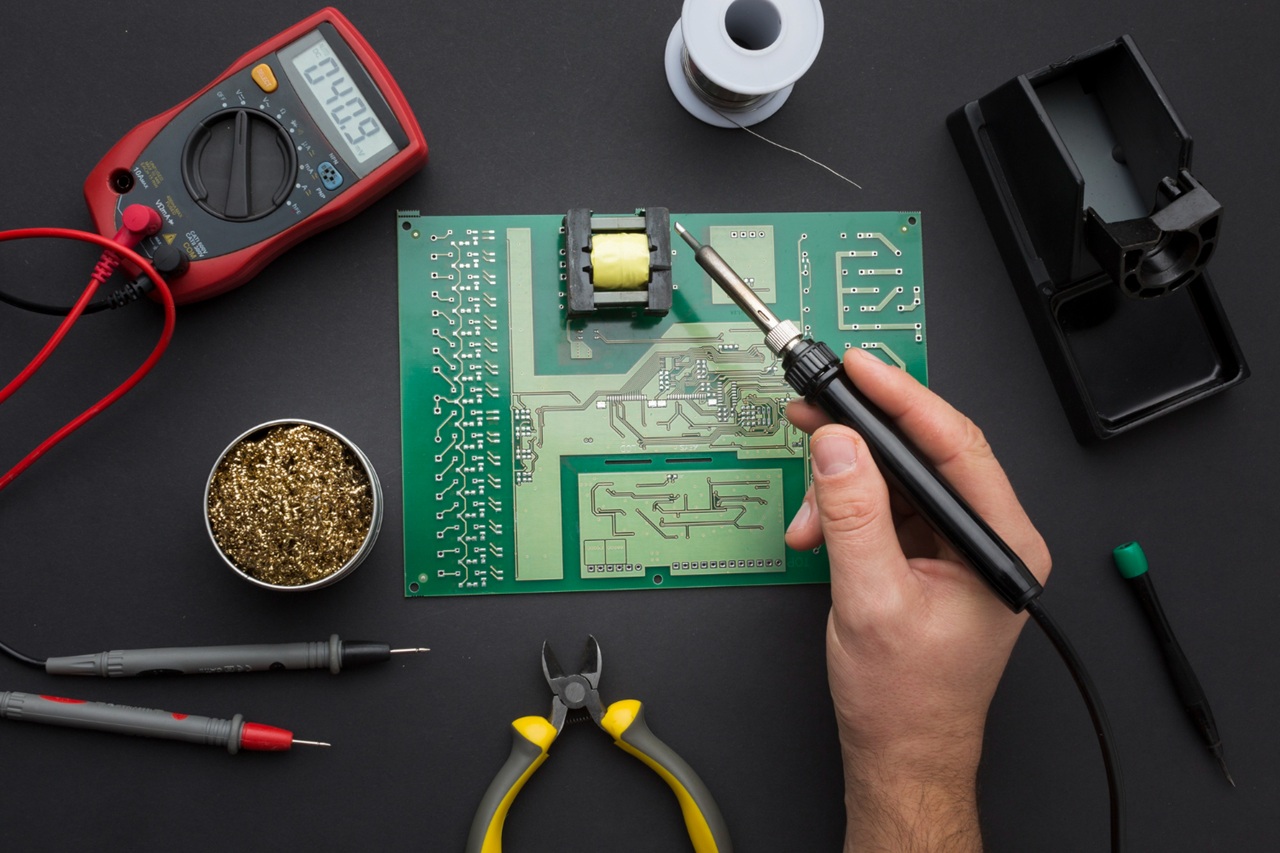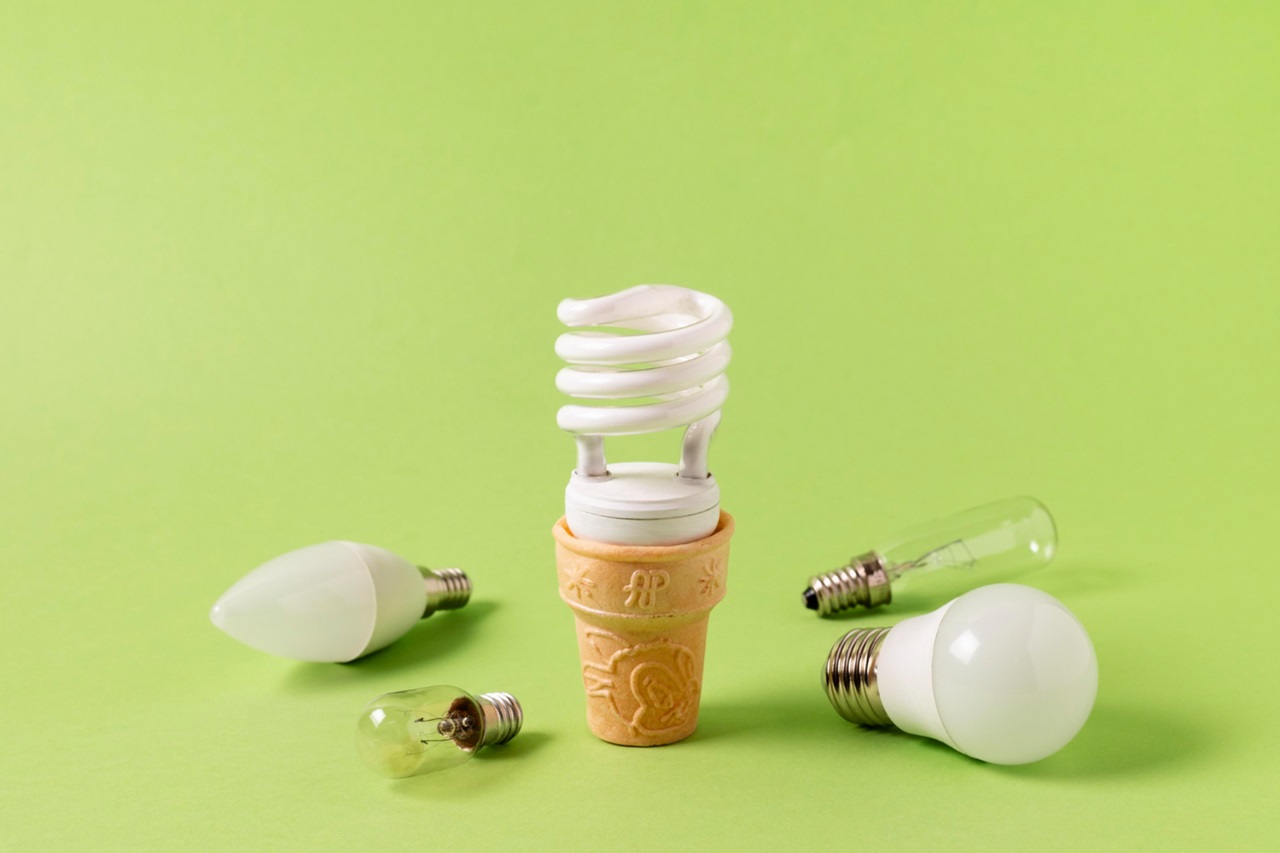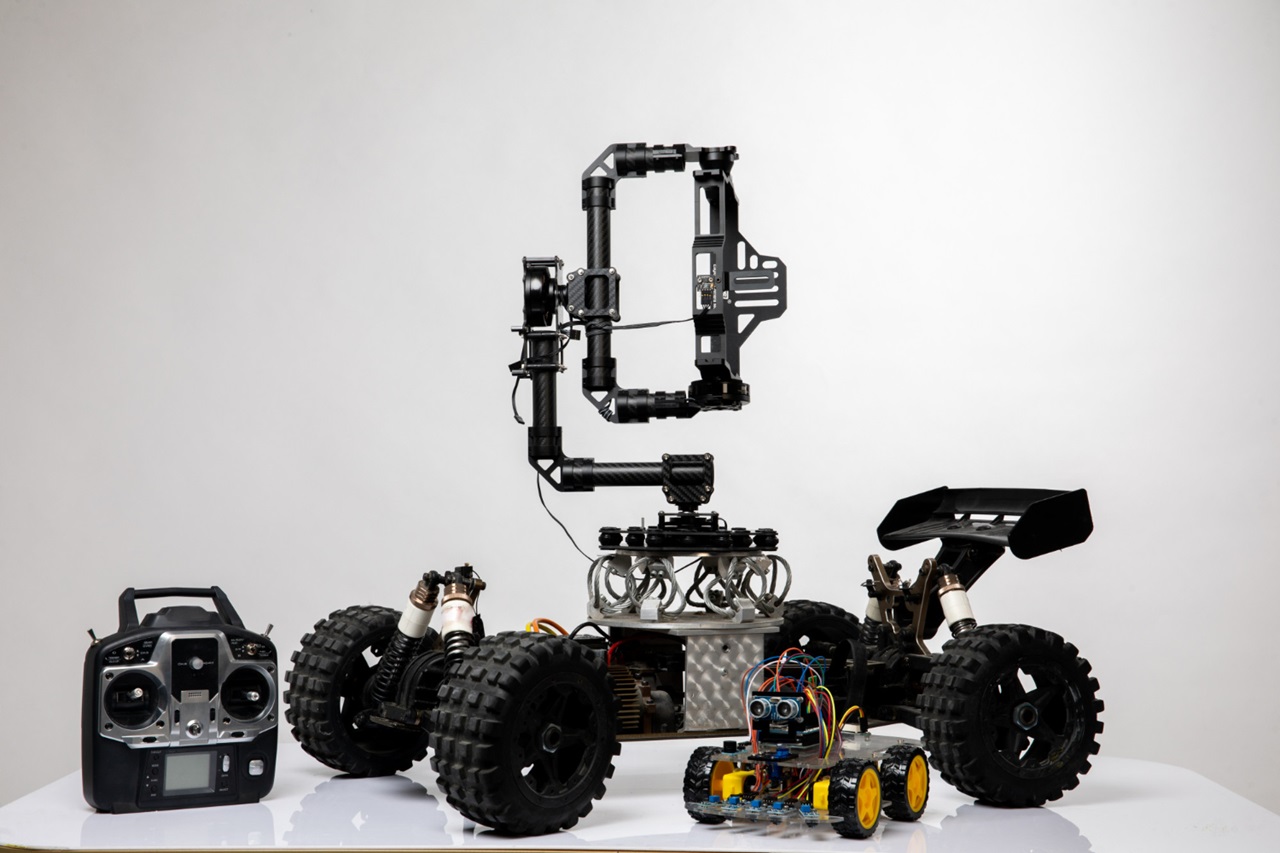The History of DIY Electronics: From Hobbyists to Innovators
Today, DIY electronics is a thriving movement that empowers tinkerers, innovators, and dreamers to create everything from simple gadgets to cutting-edge technologies. But how did we get here? The story of DIY electronics is one of curiosity, creativity, and determination—a journey that stretches back decades, weaving through hobbyist garages, university labs, and global tech revolutions.
In this post, we’ll explore the history of DIY electronics, tracing its roots from humble beginnings to its modern-day role as a driving force in innovation. Along the way, we’ll share real-life examples and insights to celebrate the spirit of do-it-yourself ingenuity.
The Early Days: Building Radios and Sparking Curiosity
The DIY electronics movement began in the early 20th century when radios were the cutting-edge technology of the day. Building a radio from scratch became a popular hobby, as kits and guides made the process accessible to everyday people.
The Role of Radio Kits: Companies like Heathkit and Knight-Kit sold affordable kits that allowed hobbyists to assemble their own radios. These kits included detailed instructions and pre-measured components, making them a gateway for many to learn basic electronics.
Personal Anecdote: My grandfather once shared stories of building his own crystal radio as a teenager in the 1940s. With just a few components, he could tune into distant stations, opening up a world of information and entertainment. That simple device sparked his lifelong love for electronics.
The Post-War Boom: Electronics as a Hobby
After World War II, advances in technology and manufacturing made electronic components more affordable and accessible. The 1950s and 1960s saw a surge in DIY electronics as a hobby, with enthusiasts building everything from amplifiers to early computers.
Heathkit’s Golden Era: Heathkit became a household name, offering kits for televisions, oscilloscopes, and even computers. These projects were challenging yet rewarding, giving hobbyists a sense of accomplishment and a deeper understanding of how devices worked.
The Birth of Makerspaces: Informal gatherings of electronics enthusiasts began to form, laying the groundwork for the makerspaces we know today. Clubs like the Homebrew Computer Club in California brought together tech pioneers like Steve Jobs and Steve Wozniak, who later founded Apple.
The Rise of Personal Computing: From Hobby to Revolution
The 1970s and 1980s were transformative decades for DIY electronics, thanks to the advent of personal computers. This era blurred the lines between hobbyists and innovators, as tinkerers began creating technologies that would change the world.
The Altair 8800: Often called the first personal computer, the Altair 8800 was sold as a kit in 1975. It became a sensation among hobbyists, many of whom customized and expanded its capabilities.
The DIY Spirit at Apple: Steve Wozniak famously built the Apple I computer in his garage, showcasing the power of DIY ingenuity. His design philosophy—creating accessible and user-friendly technology—was shaped by his experiences as a hobbyist.
A Personal Take: My first computer was a hand-me-down Commodore 64, which I took apart and reassembled just to see how it worked. It wasn’t long before I was writing simple programs, igniting a passion for technology that continues to this day.
The Maker Movement: A New Era for DIY Electronics
The late 1990s and early 2000s marked the rise of the Maker Movement, a global phenomenon that reinvigorated interest in DIY electronics. This movement emphasized creativity, collaboration, and sharing knowledge, making it easier than ever for people to dive into electronics.
Key Innovations:
- Arduino (2005): This open-source microcontroller made it simple for beginners to create interactive projects. From blinking LEDs to complex robots, Arduino became a cornerstone of the Maker Movement.
- Raspberry Pi (2012): This affordable, credit-card-sized computer opened up endless possibilities for DIY enthusiasts, from building media centers to home automation systems.
- Makerspaces: Community workshops equipped with tools and resources began popping up worldwide, providing a space for collaboration and learning.
Real-Life Example: A friend of mine used an Arduino to build a custom smart mirror that displays weather updates and calendar events. The project started as a weekend experiment but evolved into a centerpiece of their home.
DIY Electronics in the Modern Age: Empowering Innovators
Today, DIY electronics has grown far beyond a hobby. It’s a platform for innovation, enabling people to solve real-world problems, explore cutting-edge technologies, and even launch startups.
Open-Source Hardware: Platforms like Adafruit and SparkFun provide components, tutorials, and community support, empowering anyone to bring their ideas to life.
Applications in Education: Schools and universities increasingly use DIY electronics kits to teach STEM concepts, preparing the next generation of engineers and inventors.
Crowdfunding Success Stories: DIY electronics projects often find massive success on platforms like Kickstarter. For example, Pebble, one of the first smartwatches, started as a DIY project and became a multimillion-dollar product.
Why DIY Electronics Matters
The history of DIY electronics isn’t just about gadgets—it’s about people. It’s about the curiosity to ask, “How does this work?” and the determination to find out. It’s about turning garages into innovation hubs and empowering individuals to create technologies that shape our world.
Practical Advice for Beginners:
- Start Small: Don’t be afraid to begin with basic kits like Snap Circuits or Arduino Starter Kits.
- Embrace Failure: Mistakes are part of the process. Every error teaches you something new.
- Join Communities: Makerspaces, online forums, and local clubs are great places to share ideas and get support.
- Experiment Freely: Once you master the basics, let your imagination guide you. The best projects often come from a spark of curiosity.
Looking Ahead: The Future of DIY Electronics
As technology continues to evolve, so too will the possibilities for DIY electronics. With advancements in artificial intelligence, IoT (Internet of Things), and 3D printing, the next wave of projects will be more creative, impactful, and accessible than ever.
Perhaps the next world-changing technology is already being tinkered with in someone’s garage or bedroom. And maybe that someone is you.
Final Thoughts
The journey from hobbyists to innovators is a testament to the power of curiosity and creativity. DIY electronics has come a long way, but its core spirit remains the same: a love for learning, building, and sharing.
So, whether you’re a seasoned tinkerer or just starting, remember—you’re part of a rich tradition of makers and dreamers. Who knows? Your next project could be the one that inspires the future.
Happy tinkering!




Post Comment